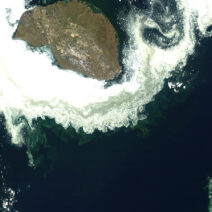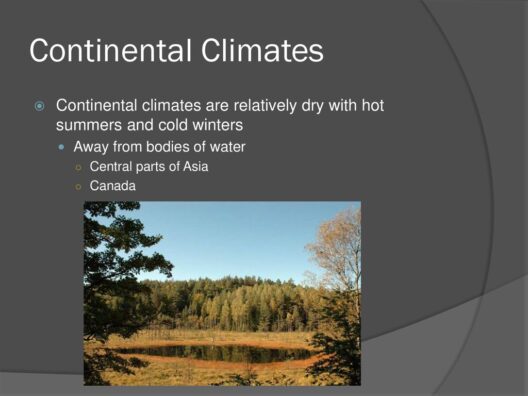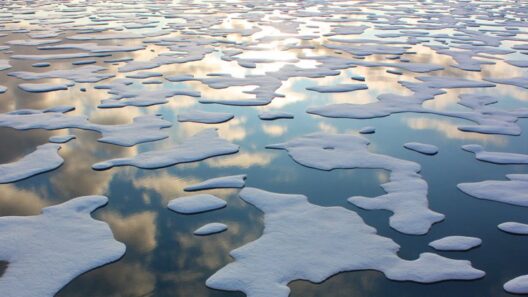As winter descends upon vast regions of the United States, snowstorms emerge as both a breathtaking natural phenomenon and a source of perplexity for residents and climatologists alike. An ever-present narrative intertwines these frigid tempests with the overarching discourse on global warming. What does the National Oceanic and Atmospheric Administration (NOAA) truly convey about the relationship between escalating global temperatures and the frequency or intensity of snowstorms? This inquiry not only piques curiosity but also invites a profound reconsideration of conventional wisdom regarding winter precipitation.
At the outset, it is crucial to delineate global warming from the simple, cyclical patterns that characterize winter weather. Climate change, a consequence of anthropogenic activities leading to increased greenhouse gas concentrations, engenders shifts in atmospheric conditions—conditions that can ultimately influence the very fabric of weather events, including snowstorms. The NOAA has elucidated that while global temperatures are on a steady ascent, the implications on precipitation patterns are remarkably complex.
One might ponder how an increase in global temperatures could engender intensified winter storms. The crux of the matter lies in the concept of moisture. Warmer air has a heightened capacity to retain moisture; thus, even as temperatures rise on average, the atmosphere can generate copious amounts of snow under certain circumstances. Scientific inquiry reveals that warmer winters—characterized by fluctuating temperatures—can lead to conditions whereby significant snow accumulations become feasible, especially during severe and prolonged cold snaps following warm periods.
Moreover, the variability of the Arctic climate plays an integral role in shaping winter weather patterns across the contiguous United States. The Arctic Oscillation is a climatological phenomenon that describes the atmospheric pressure pattern in the Arctic region and its effects on weather in lower latitudes. Periods of negative Arctic Oscillation can lead to an influx of cold Arctic air southward. When combined with a moist atmosphere, this can culminate in severe snowstorms, generating a paradox in which a warming world witnesses the propounding of powerful snow events.
To elucidate the implications of snowstorms in the era of global warming, one must navigate through myriad research findings. Observational data points to an uptick in both rainfall and snowfall in numerous regions, even amid overall warming trends. Fascinatingly, studies have also suggested that the frequency of heavy snowstorms may proliferate in a warming climate, despite a theoretical reduction in the total number of snow days. This does not imply that winters will become uniformly warmer overall; rather, it suggests an intricate interplay in which the characteristics of winter precipitation morph in response to a changing climate.
Consider the phenomenon of “bomb cyclones,” storms that undergo rapid intensification and can bring about extraordinary snowfall. NOAA research indicates that the turbulence in the Arctic is contributing to more volatile weather patterns, hence potentially escalating the frequency and severity of such events. Surprisingly, as global temperatures crest, the compounding effects of climate change may very well lead to a paradoxical increase in winter storm intensity, inviting scrutiny into the implications for infrastructure, safety, and climate resiliency.
Nonetheless, it is imperative to recognize that not all snowstorms possess equal ferocity or significance. The geographical distribution of snow has been uneven, with many areas experiencing a decline in winter snowfall, particularly in lower altitudes. As climates warm, ecosystems are shifting, disrupting historical patterns of snow accumulation and melt. The delicate balance between snow and rain is central to water resource management, affecting reservoirs, agriculture, and wildlife. When snowpacks diminish, the adverse repercussions cascade through ecosystems, spurring challenges in sustainable water usage.
The benefits of snow, while many, cannot be simplistically romanticized in an age marred by climate change. The nuances of these winter storms elucidate the overarching complexities of a warming planet. They illuminate the challenges facing both human societies and natural ecosystems—making clear that while certain regions may grow accustomed to sporadic heavy snowfalls, others are disquietingly witnessing diminished snowfall and alternate forms of precipitation.
Public perception often simplifies the intricate relationship between snowstorms and climate change. Many continue to be trapped in a narrative that regards cold weather as evidence against global warming. However, a deeper understanding—one enriched by NOAA’s findings—reveals that our climate system is more complicated than mere temperature averages; it is a tapestry woven with myriad atmospheric interactions, each thread significant and impactful.
In conclusion, the conversation surrounding snowstorms and global warming encapsulates a broader contemplation of how climate change shapes our everyday realities. The intersection of these two elements serves as a potent reminder of the unpredictable nature of climate phenomena and the profound impact of human intervention. While we grapple with the manifestations of these changes, it becomes imperative to foster curiosity and galvanize action. By embracing a deeper understanding, we can pave the way for solutions that honor and uphold the integrity of our environment, ensuring resilience amidst a rapidly shifting climate.




